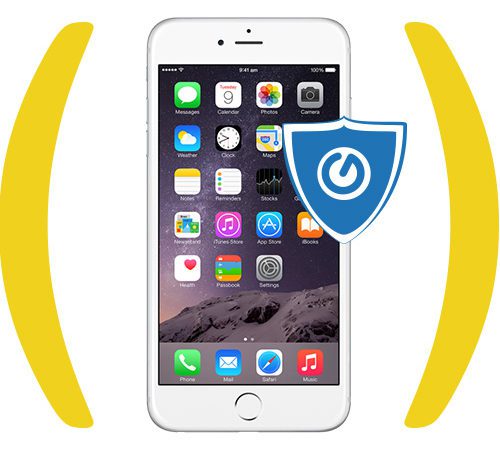Verification Process: The Evolving Matrix of Verification

In an era preceding today’s intricate digital networks, the art of digital access was synonymous with mere passwords. However, the matrix of the virtual realm became increasingly vast, interwoven with both possibilities and vulnerabilities. As services transformed in sensitivity and scams intensified in sophistication, the clamor for fortified barricades grew louder. Traverse through the annals of verification’s evolution, discern the contemporary zeniths of this art, and speculate the vistas that await us in epochs to come. This exploration is curated by onlinesim.io – your digital compass for SMS verification.
Chronicles of Primitive Digital Portkeys
The annals trace back to the 1960s, at MIT, where passwords emerged as the first digital keys. Their genesis was inspired by real-world locks and keys—innate, tangible, and universally understood. Freed from physical hardware susceptibilities like misplacement or theft, this seemingly swift access method was heralded.
However, this system revealed frailties in the digital cosmos. In our tangible realm, deciphering a code could be an epic endeavor. Yet, in the virtual plane, malevolent entities harnessed computational might to brutishly infiltrate passwords in mere moments. The paradigm of password-based security beckoned for augmentation.
The Dawn of Layered Digital Defenses
Fast forward to the turn of the millennium, where digital defenders integrated a supplementary layer—the personal query. Conceived during the initiation rites of registration, these inquiries delved into personal realms, from matriarchal lineages to cherished childhood companions. Their invocation arose amidst digital anomalies and password recovery rituals.
Alas, this duality, albeit sturdier, was not impregnable. The Achilles heel lay in human predictability and the lurking specter of social subterfuge. The quest for fortification persisted.
Digital Sentinels: Guardians Against Silicon Swarms
In the realm of malevolence, armies of digital automatons—bots—were marshaled to flood virtual fortresses for malefic endeavors. The answer to this relentless tide emerged in the early 2000s: CAPTCHA. An arcane acronym, it epitomized the Turing test’s essence—dividing humanity from its digital creations. Its visage morphed with time, from cryptic symbols to mere checkboxes, yet its purpose remained steadfast.
Renaissance of Verification: The Mobile Citadel
The proliferation of smart conduits—smartphones—ushered a renaissance in security. These devices evolved into digital sentinels, transmitting ephemeral codes and encrypted missives, fortifying barriers. In this paradigm, mobile numbers became the sentries’ signal flares. However, for those wary of their personal beacon’s exposure, onlinesim.io’s virtual receive SMS offers sanctuary.
Forefronts like banking sanctuaries and digital vaults (crypto exchanges) further elevated defenses. Harnessing adaptive multi-tiered verifications, sentinel applications, and surveillance of user rituals, these digital citadels discerned friend from foe.
Beyond Today: Glimpses of Tomorrow’s Digital Thresholds
Fast forward to 2013, Apple’s Touch ID ushered an age of biometric bridges into their virtual realms. The trajectory since has been steadfast, with biometrics becoming the guardian of myriad apps and sanctuaries.
The morrow likely heralds an era where biometric gateways proliferate—swift, effortless, and devoid of mnemonic burdens. Advanced algorithms will further refine behavioral insights, and new biometric marvels, perhaps the palm’s unique vascular tapestry, may emerge as the future’s digital keys.


![What is content://com.android.browser.home/?[Complete Guide]](https://techkalture.com/wp-content/uploads/2020/05/contentcom.android.browser.home_-800x450.jpg)



